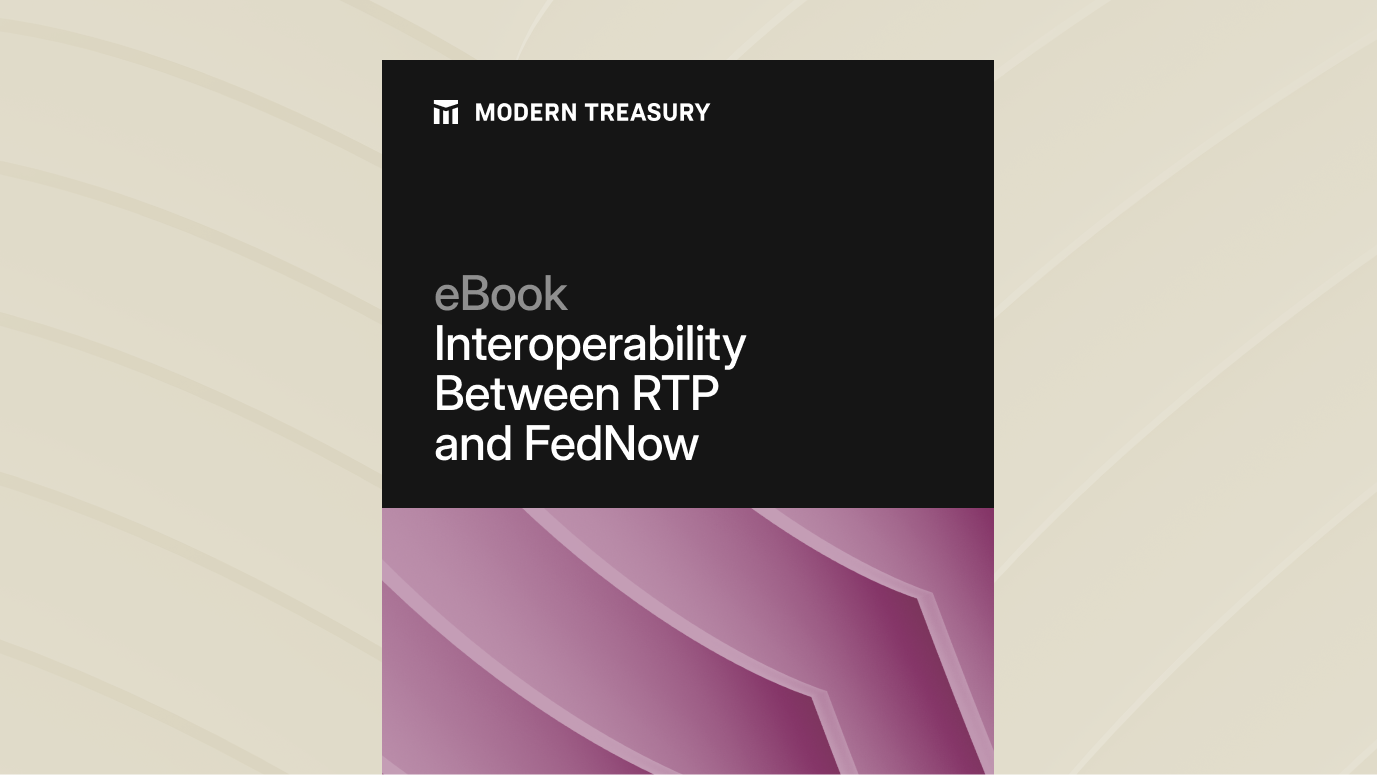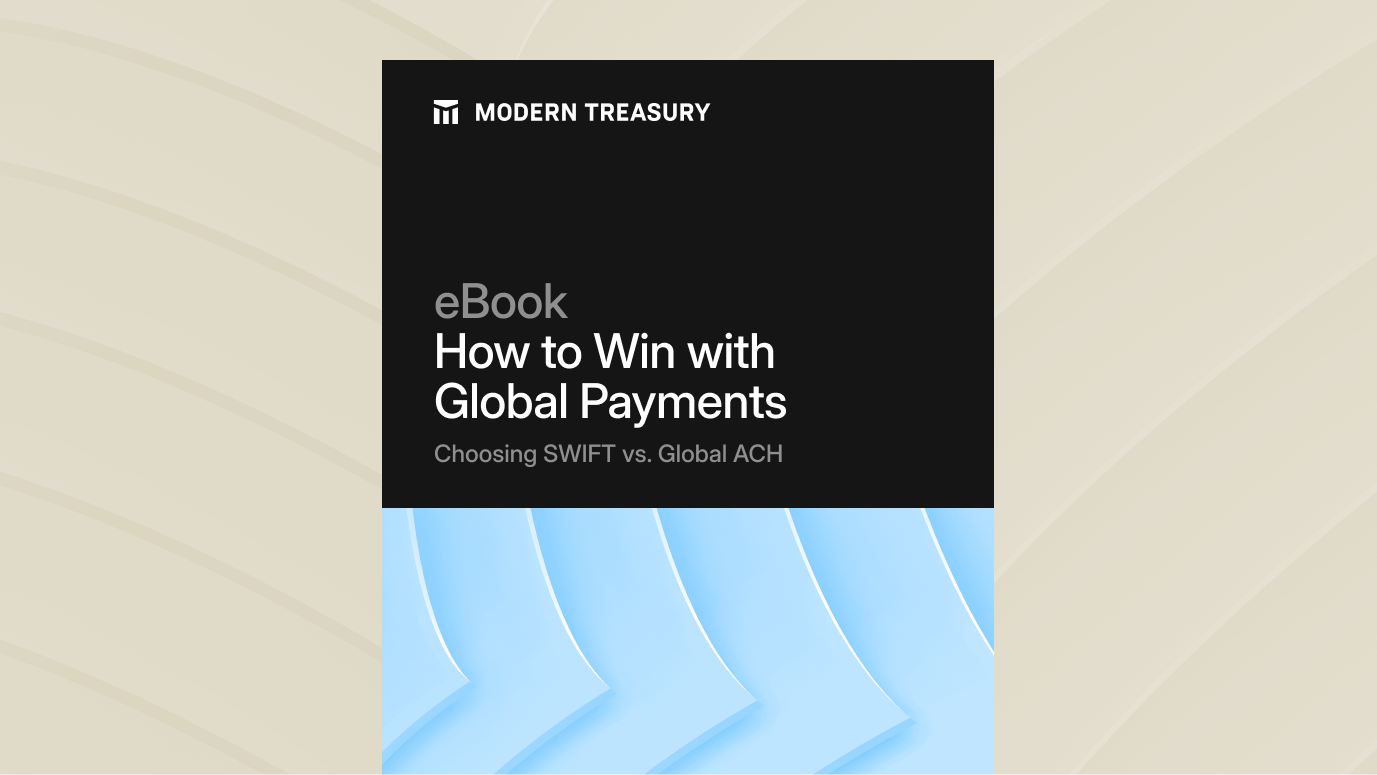Join us at Transfer 2025 to hear how industry leaders are building payments infrastructure for a real-time world.Register Today →
Bank Payments as a Credit Card Alternative
Cards have long been the default option for online and in-app payments, but recently there's been a shift toward bank payments. In this journal, we dig into why and what's needed to offer bank payments successfully.

In recent years, there has been a noticeable shift in consumer payments away from credit cards toward direct bank payments. You might have noticed your rent or utility websites introducing the option to pay via connecting a bank account.
Traditionally, the default option for online and in-app payments has been credit cards. Consumers benefit from this situation as credit card issuers incentivize usage, offering perks like special offers and rewards points. In exchange, merchants and platforms have always paid a price, in the form of card acceptance fees.
But payments providers are themselves reaping less benefit from these fees, as more fintech players compete for a shrinking share of interchange. Recent proposed regulations could cap fees, and a competitive market of fintechs continues to compete for these fees.
A Viable Alternative
This situation has spurred the rise of alternative payment methods, particularly direct bank payments. By allowing users to directly connect checking accounts, payment platforms or merchants can accept direct ACH payments and circumvent the card network fees.
In some cases, platforms and merchants will encourage users to use direct bank payments by charging them a fee for making card payments. In other cases, platforms are even passing their savings from card fees to customers by introducing their own rewards mechanisms. This creates a win-win situation where platforms increase their margins, and consumers are incentivized to make ACH payments.
And it doesn’t just have to be ACH payments. Platforms can enable faster payment methods such as FedNow via QR code, as our co-founder and CTO, Sam Aarons, shared at AFP this year.
What's Needed to Enable Bank Payments
There are a few key requirements to implement an embedded payment program like this successfully into your product:
- An effective and user-friendly method for deploying direct bank payments is essential. Modern Treasury offers a network of over 40 bank partners, enabling businesses to offer seamless bank payment options with powerful APIs.
- The ability to provide customer rewards once they’ve established direct payment functionality can drive adoption. This requires an immutable ledger database to track rewards balances.
With these two components in your arsenal, you can create a delightful alternative to card network payments, not just giving users a better experience but also allowing them to benefit from the value generated by circumventing fees.
The rise of direct bank payments as a substitute for credit card transactions presents an exciting opportunity for both corporates and consumers. This shift challenges the dominance of card networks, highlighting the potential for a more efficient and customer-centric payment landscape.
Next Steps
If you want to talk more about embedding bank payments into your product or making improvements to your payment operations, get in touch.
Try Modern Treasury
See how smooth payment operations can be.







